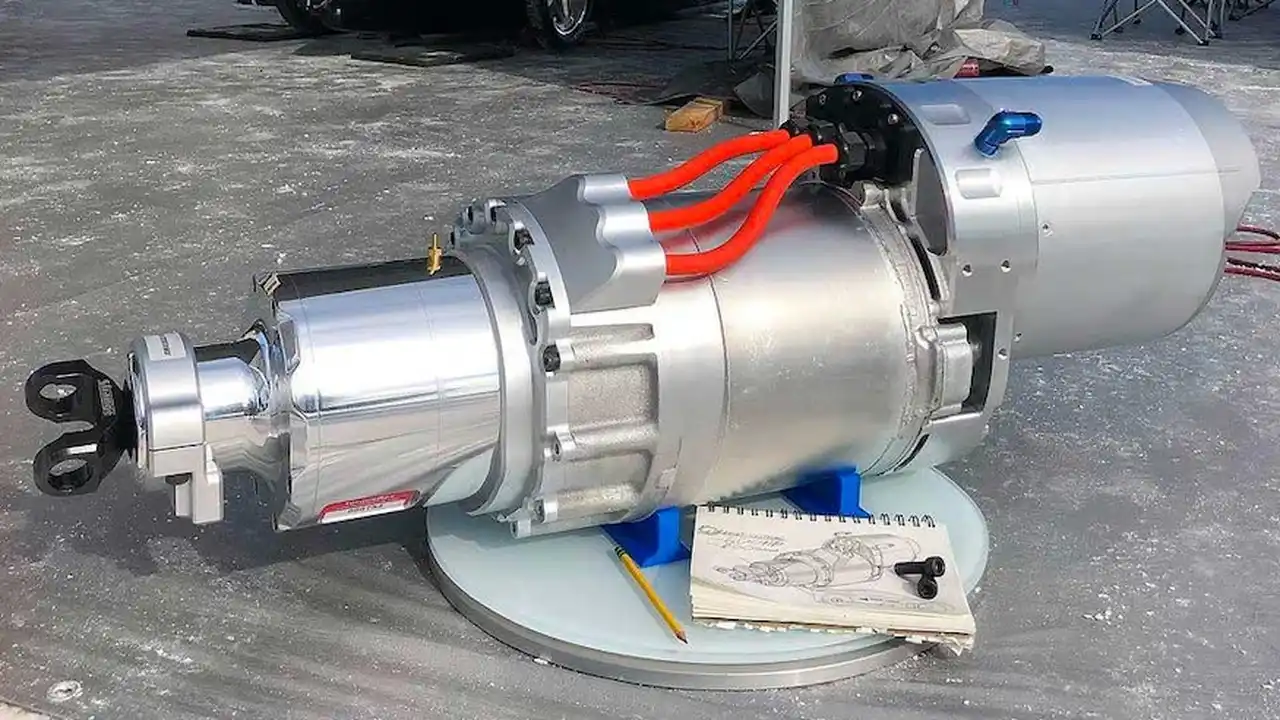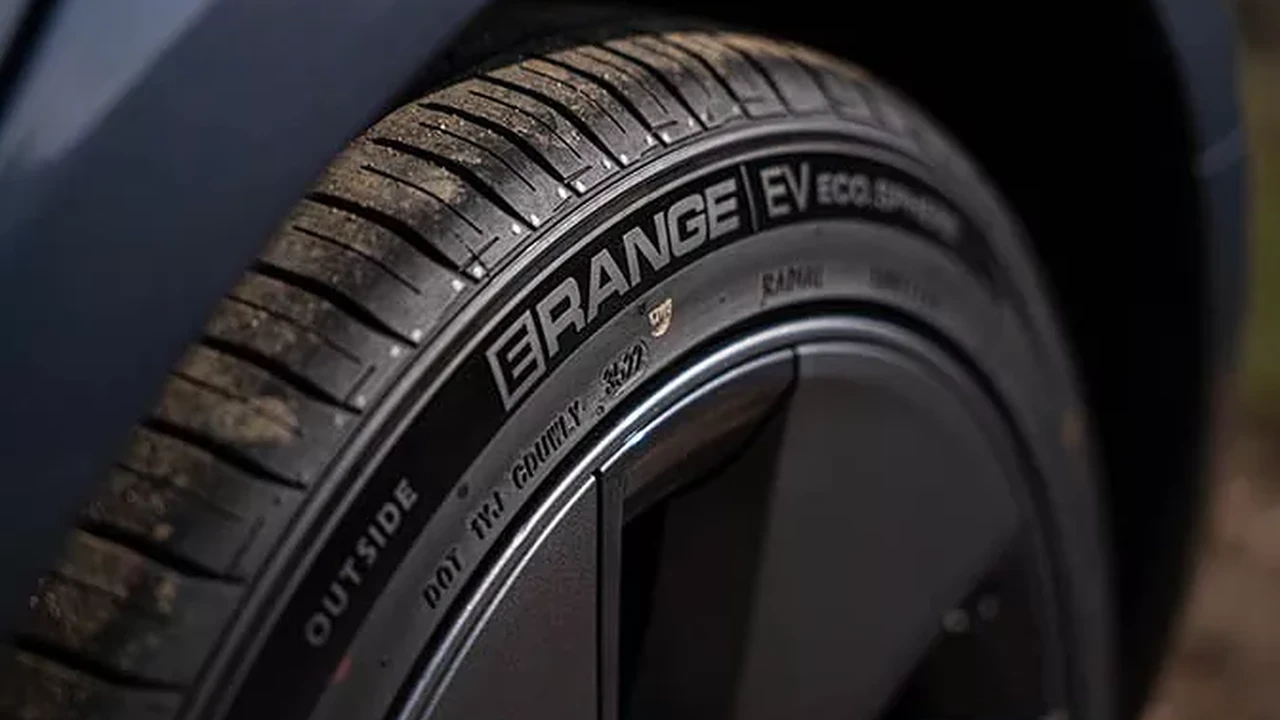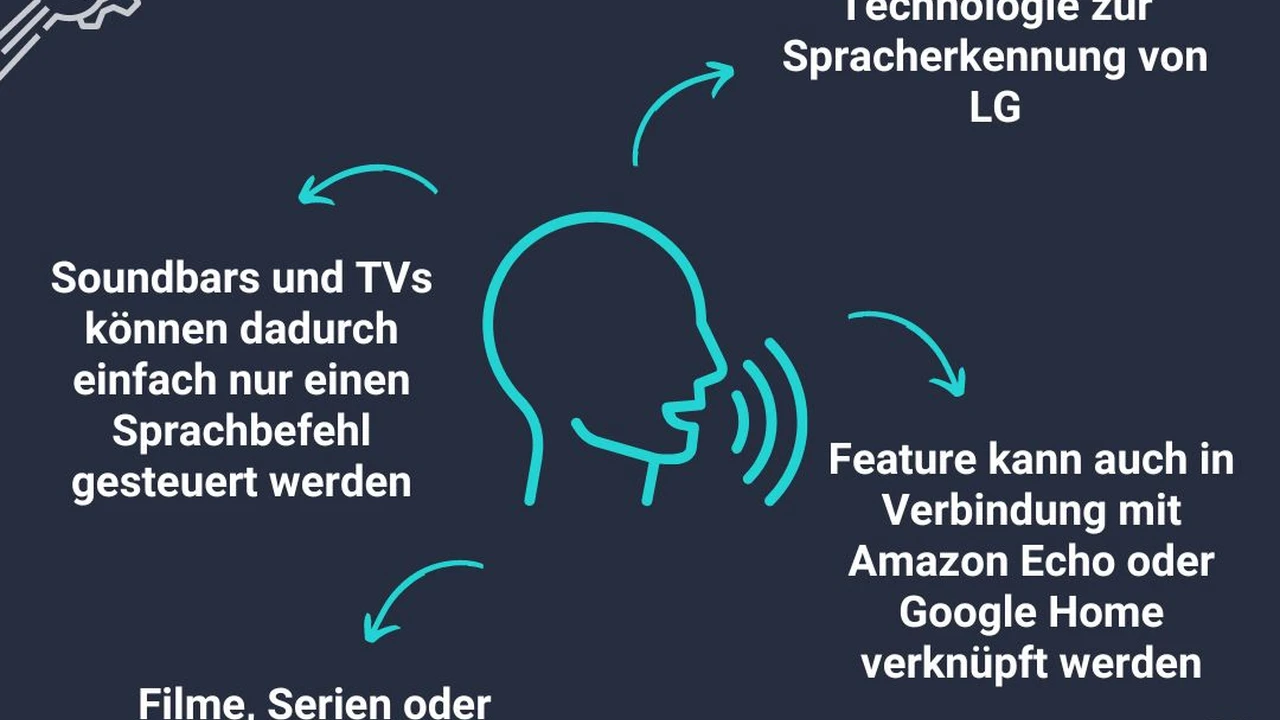EV Motor Technology: Understanding the Differences

Imagine gliding down the highway in your electric vehicle, not with the typical hum and drone of the road, but in near-silent tranquility. That's the promise of noise cancellation technology for EVs, and it's rapidly becoming a sought-after feature. Let's dive into how this tech works, why it's beneficial, and what it means for your driving experience.
Understanding Noise Cancellation in EVs How Does It Work
Noise cancellation technology, often called active noise control (ANC), isn’t new. You've probably encountered it in headphones. But applying it to a car is a far more complex challenge. Here's the basic breakdown:
- Microphones to the Rescue: Multiple microphones are strategically placed throughout the car's cabin. These microphones constantly monitor the ambient noise levels, picking up everything from road rumble and wind whoosh to engine whine (yes, even EVs have some motor noise).
- The Brain: The Processing Unit: The signals from the microphones are fed into a sophisticated processing unit. This unit analyzes the noise and generates an "anti-noise" signal. This signal is essentially a mirror image of the unwanted noise, but with its phase inverted.
- Speakers as Noise Fighters: The anti-noise signal is then played through the car's audio system speakers (or dedicated noise cancellation speakers). When the anti-noise signal mixes with the original noise waves, they cancel each other out through a process called destructive interference. The result? A significantly quieter cabin.
Think of it like this: if you have a wave cresting upwards, and you add another wave cresting downwards with equal magnitude, the two waves will cancel each other out, resulting in a flat line. ANC works on the same principle, but with sound waves.
The Benefits of Noise Cancellation for Electric Vehicles Why You'll Love It
While a quieter cabin is the most obvious benefit, noise cancellation in EVs offers so much more:
- Enhanced Comfort: Driving, especially on long trips, can be tiring. Constant exposure to noise contributes to fatigue and stress. Noise cancellation reduces this burden, making your journeys more comfortable and enjoyable.
- Improved Audio Quality: With less background noise, you can hear your music, podcasts, and audiobooks more clearly, even at lower volumes. This also improves the effectiveness of voice commands for navigation and other features.
- Better Phone Calls: Noise cancellation significantly reduces background noise during phone calls, making it easier for you and the person on the other end to hear each other.
- Increased Focus: A quieter cabin can help you stay more focused on the road, improving safety.
- Luxury Feel: Noise cancellation is often associated with luxury vehicles, and it contributes to a more refined and premium driving experience.
Different Types of Noise Cancellation Technology for EVs Active vs Passive
It's important to understand that there are two main approaches to noise reduction in cars: passive and active.
- Passive Noise Reduction: This involves using materials and design techniques to physically block or absorb sound. Examples include thicker windows, sound-deadening insulation in the doors and floor, and aerodynamic designs that reduce wind noise. Most EVs already incorporate passive noise reduction measures.
- Active Noise Cancellation (ANC): As described above, ANC uses microphones, processors, and speakers to actively create and cancel out unwanted noise. ANC is often used in conjunction with passive noise reduction to achieve the best possible results.
The most effective noise reduction systems utilize a combination of both passive and active technologies.
Noise Cancellation Technology in EVs The Challenges
Implementing noise cancellation in a car is significantly more complex than in headphones due to the following reasons:
- The Complex Soundscape: A car's cabin is filled with a wide variety of noises, including road noise, wind noise, tire noise, motor whine, and even the sounds of the climate control system. Each of these noises has different frequencies and characteristics, making it difficult to create a single anti-noise signal that effectively cancels them all out.
- Varying Conditions: The noise levels and types of noise change constantly depending on the road surface, speed, weather conditions, and other factors. The noise cancellation system must be able to adapt to these changing conditions in real time.
- Speaker Placement: Optimizing the placement of speakers for noise cancellation is crucial. The speakers must be positioned in such a way that the anti-noise signal effectively cancels out the unwanted noise throughout the cabin.
- Cost: Implementing a sophisticated noise cancellation system can be expensive, adding to the overall cost of the vehicle.
Comparing Noise Cancellation Systems in EVs Premium vs Standard
The effectiveness of noise cancellation systems can vary significantly depending on the vehicle and the specific system used. Here's a general comparison between premium and standard systems:
- Premium Systems:
- More microphones and speakers for better coverage.
- More powerful processors for more accurate noise analysis and anti-noise generation.
- Advanced algorithms that can adapt to changing conditions more effectively.
- May include additional features, such as noise cancellation for specific frequencies or zones within the cabin.
- Standard Systems:
- Fewer microphones and speakers, resulting in less comprehensive noise cancellation.
- Less powerful processors, which may limit the accuracy and effectiveness of the system.
- Simpler algorithms that may not adapt to changing conditions as well.
- Fewer additional features.
Generally, premium noise cancellation systems will provide a significantly quieter and more refined driving experience compared to standard systems.
Aftermarket Noise Cancellation Options for EVs Improving Your Existing Ride
If your EV doesn't come with noise cancellation, or if you're looking to improve the existing system, there are some aftermarket options available, although they are not as comprehensive as factory-installed systems.
- Sound Deadening Materials: Adding sound deadening mats to the doors, floor, and trunk can significantly reduce passive noise. This is a relatively inexpensive and effective way to improve the overall noise level in your car.
- Noise-Canceling Headphones: While not a true noise cancellation system for the car, noise-canceling headphones can provide a personal zone of quiet for the driver or passengers.
- Aftermarket Active Noise Cancellation Systems: Some companies offer aftermarket ANC systems for cars, but these systems are typically less sophisticated and less effective than factory-installed systems. They may also require professional installation.
Keep in mind that aftermarket solutions may not provide the same level of performance as integrated factory systems.
Specific Noise Cancellation Technology Products and EVs
Let's look at some examples of EVs that feature noise cancellation technology and a few aftermarket options.
EVs with Notable Noise Cancellation
- Tesla Model S/X: Tesla's flagship models are equipped with active noise cancellation, contributing to their luxurious and refined driving experience. The system uses multiple microphones and speakers to reduce road and wind noise. While some argue about the effectiveness compared to other luxury brands, it's still a noticeable feature.
- Hyundai Ioniq 5/6: Hyundai's Ioniq series incorporates Road-Noise Active Noise Control (RANC) which analyzes and reduces various noises within the cabin. It's a surprisingly effective system, especially for the price point.
- Genesis GV60: Genesis uses Active Road Noise Control (ARNC) in its GV60, a more sophisticated system that pre-emptively cancels out noise based on road conditions. The GV60 is praised for its exceptionally quiet cabin.
- BMW iX: BMW’s iX electric SUV features a comprehensive noise reduction strategy, including both passive and active measures. The cabin is remarkably quiet, even at highway speeds.
Aftermarket Options
- Dynamat 11905 Dynadeck: A popular sound deadening material for car floors. Easy to install (though time-consuming) and significantly reduces road noise. Price: ~$200 per roll. Best used on the floor pan underneath the carpet.
- Noico 80 mil Sound Deadener: Another popular and affordable sound deadening mat. Price: ~$60 for a pack. Good for doors and trunk panels.
- Bose QuietComfort 45 Headphones: While not for the entire car, these headphones offer excellent personal noise cancellation. Price: ~$330. Perfect for passengers or even the driver (when parked, of course!).
Comparing Specific Products for Noise Reduction Sound Deadening vs ANC
Let's compare the sound deadening materials mentioned above to a hypothetical aftermarket active noise cancellation system (since these are rare, we'll generalize based on available information).
| Feature | Dynamat/Noico (Sound Deadening) | Aftermarket ANC System (Hypothetical) | |---|---|---| | Mechanism | Passive: Blocks and absorbs sound waves. | Active: Generates anti-noise to cancel sound waves. | | Effectiveness | Most effective for low-frequency road rumble and vibrations. | More effective for a broader range of frequencies, including wind and motor whine. | | Installation | Requires manual installation, cutting, and fitting. Time-consuming. | Professional installation may be required. | | Cost | Relatively inexpensive. | More expensive due to the complexity of the system. | | Power Consumption | None. | Requires power to operate microphones and speakers. | | Limitations | Only reduces noise, doesn't eliminate it completely. Requires significant coverage for best results. | Performance can be affected by speaker placement and microphone sensitivity. | | Best Use Case | Reducing overall road noise and vibrations. | Targeting specific frequencies that are difficult to block passively. |Sound deadening is a great starting point for any EV owner wanting a quieter ride, especially given its relatively low cost and ease of access. However, for the ultimate in noise reduction, an integrated ANC system (like those found in premium EVs) is the superior choice.
Future Trends in Noise Cancellation Technology for EVs
Noise cancellation technology for EVs is constantly evolving. Here are some trends to watch out for:
- More Sophisticated Algorithms: Future systems will use more advanced algorithms to analyze and cancel out noise more effectively.
- Personalized Noise Cancellation: Systems may be able to personalize noise cancellation settings for each occupant in the car.
- Integration with Driver-Assistance Systems: Noise cancellation could be integrated with driver-assistance systems to enhance safety. For example, the system could amplify important sounds, such as sirens or horns, while canceling out other noises.
- Advanced Microphone Technology: Expect to see more advanced microphones that can capture a wider range of frequencies and are less susceptible to wind noise.
The future of noise cancellation in EVs is bright, promising even quieter and more enjoyable driving experiences.
:max_bytes(150000):strip_icc()/277019-baked-pork-chops-with-cream-of-mushroom-soup-DDMFS-beauty-4x3-BG-7505-5762b731cf30447d9cbbbbbf387beafa.jpg)





